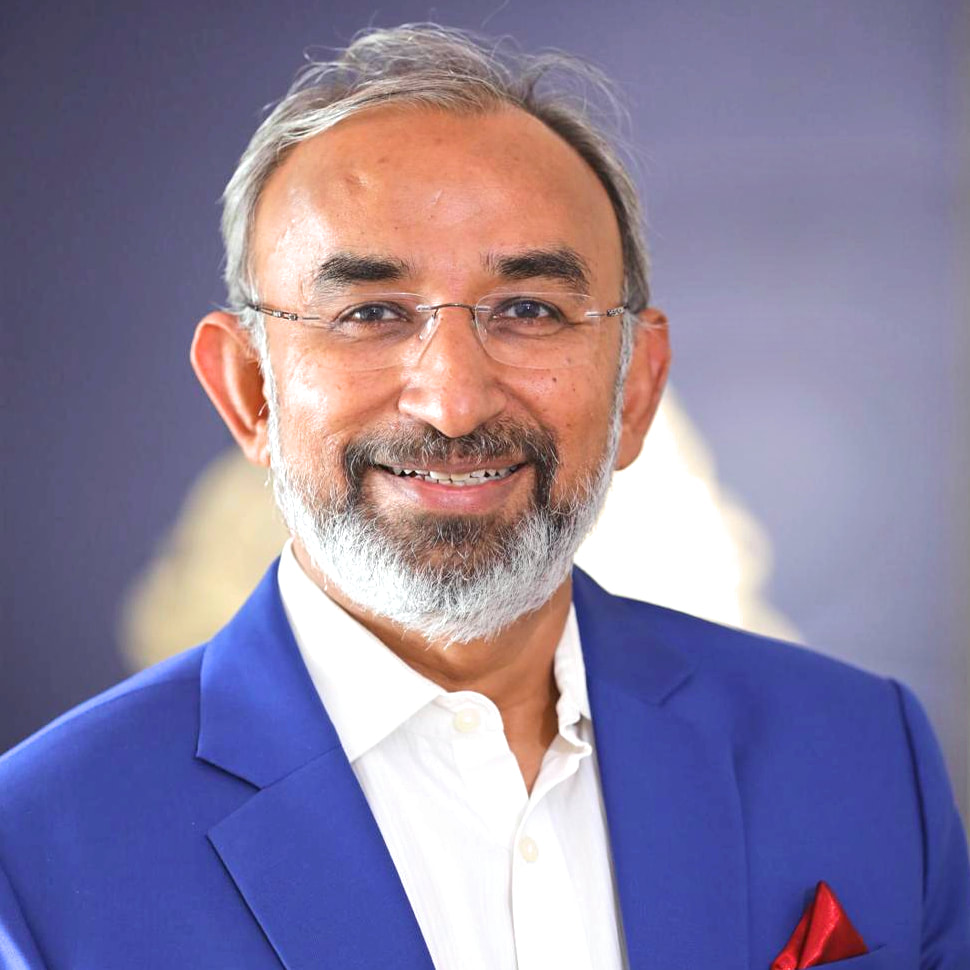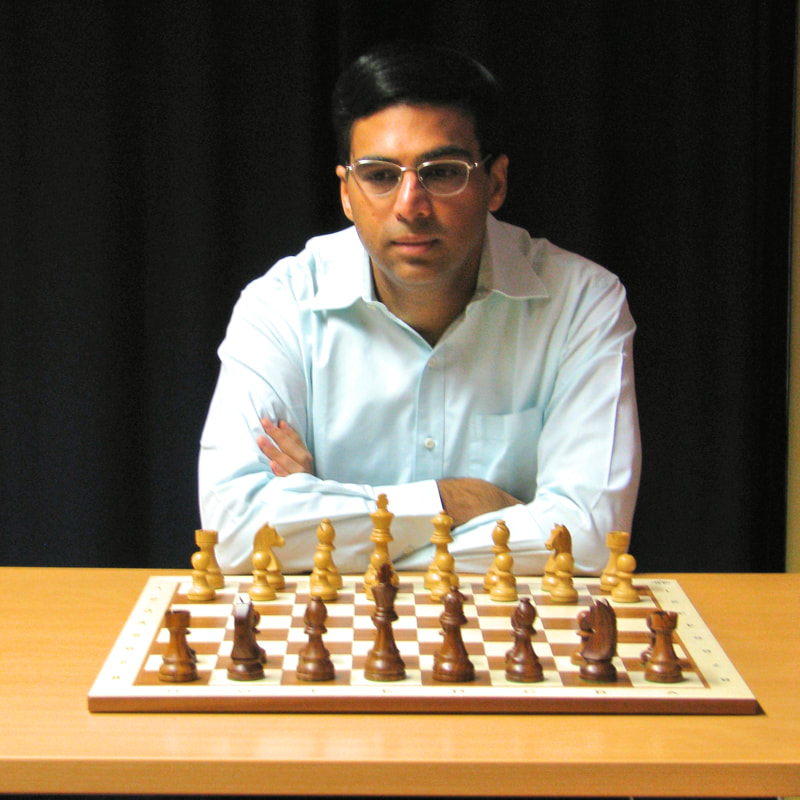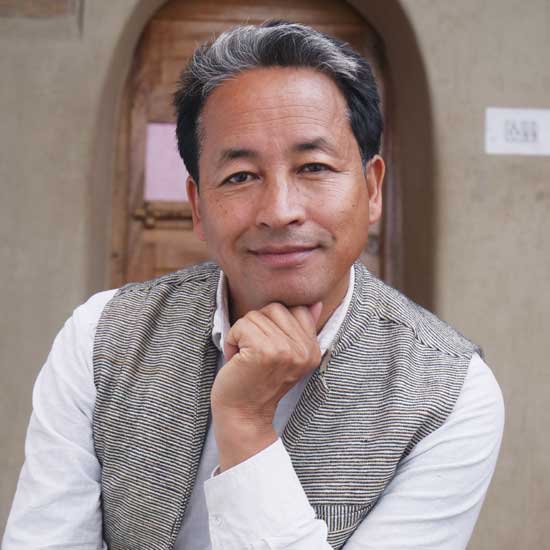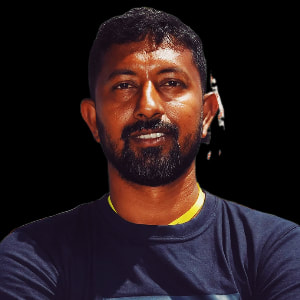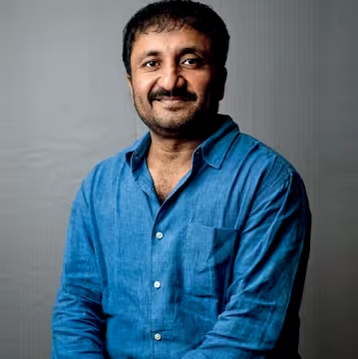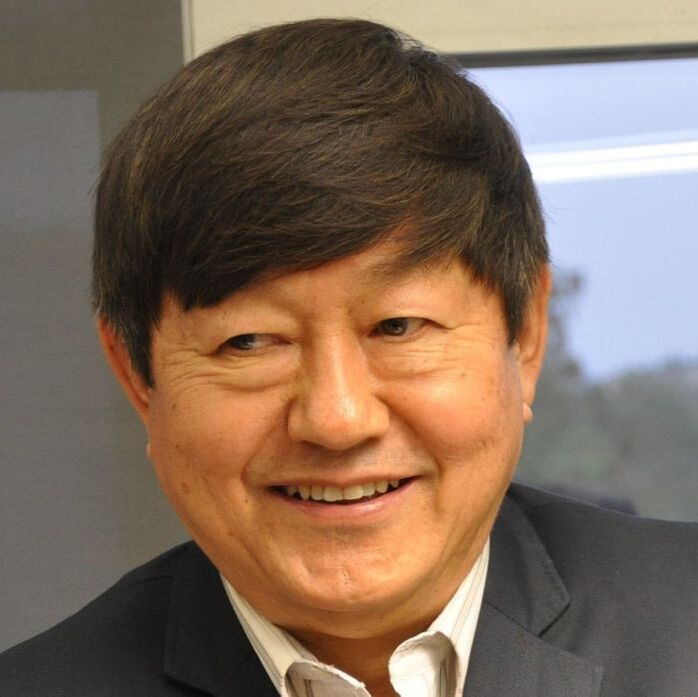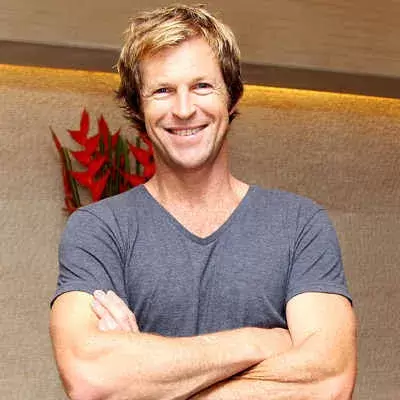Simply Life India Speakers Bureau
India's Leading Global Celebrity Motivational and Business Key Note Speakers Bureau.
LEARN LEADERSHIP AND MANAGEMENT LESSONS FROM CRICKET WITH ANIL KUMBLE. |
Book Anil Kumble, Legendary former Indian Cricketer for your next conference or event and inspire your team with stories of some of the most memorable moments in Indian and world cricketing history. |
INSPIRE YOUR BUSINESS TO MAKE A POSITIVE IMPACT ON THE ENVIRONMENT WITH SPEAKER SONAM WANGCHUCK.Call us today to Book Sonam Wangchuck as the speaker for your next Event to learn issues like energy, sustainability & climate change and energize your audiences to action. |
EXPLORE INSIGHTS ON MILITARY LEADERSHIP, PROBLEM SOLVING, AND MANAGING THROUGH CRISES WITH COL. LALIT RAI, KARGIL WAR HEROBook Col Lalit Rai, India’s most popular Military Motivationalotivational Speaker and get his battle-tested insights on motivation, inspiration, team building, competition and overcoming adversity . |
LEARN TO THINK LIKE A CHAMPION WITH VISWANATHAN ANAND CHESS GRANDMASTER.Contact Simply Life India Speakers Bureau to Book Viswanathan Anand, India's first Chess Grand Master for your conference or event and get his insights on what it takes to dream large, go big, and compete at the highest levels. |
WHENEVER YOU FEEL, LIFE IS NOT BEING FAIR TO YOU, JUST LOOK AROUND. DESPITE BEING A COOLIE’S SON PC MUSTHAFA WENT ON TO BUILD A 2000 CRORE COMPANY - ID FRESH FOOD.Book PC Musthafa for your next conference or event and learn how to succeed by beating all the odds. Expert in entrepreneurship , innovation and value based business practices PC Musthafa has the ability to inspire, empower, and motivate your team to new heights. |
CMDR. ABHILASH TOMY IS THE 1ST INDIAN TO COMPLETE THE SOLO, NONSTOP CIRCUMNAVIGATION OF THE GLOBE. HAS DEFIED THE LIMIT OF HUMAN POTENTIAL.Enquire about having Abhilash as your motivational speaker at your next event and inspire the people in your business to reach new heights and show your audience that they can achieve whatever task they set their mind to. |
FIND HOPE , PURPOSE AND THE STRENGTH WITH SHALINI SARASWATHI.Book Shalini Saraswathi, Quad amputee , Blade-Runner get to know that we all can rise above adversity and overcome every disability of the heart and mind. |
LEARN TO TURN OBSTACLES INTO OPPORTUNITIES WITH ARUNIMA SINHAExperience first-hand the remarkable journey of Arunima Sinha from losing her leg in an accident to climbing Mt. Everest. |
PUSH THE LIMITS WITH PEAK PERFORMANCE KEYNOTE SPEAKER ANKUR WARIKOOContact Us to book Ankur Warikoo, peak performance and Growth mindset speaker and leave your audience energized and motivated. |


